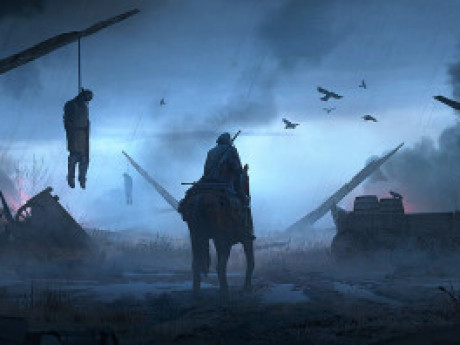The Uncharted Jungles of Kru'll: Part 4 of 5
Understory Layer
Located several meters below the canopy, the understory is an even darker, stiller, and more humid environment. It is a ‘halfway house’ between the forest floor and the canopy layer. The understory consists of leafy bushes, small trees, saplings (young trees) and vines. Plants here, such as palms and philodendrons, are much shorter and have larger leaves than plants that dominate the canopy. Understory plants’ large leaves catch the minimal sunlight reaching beyond the dense canopy.
Understory plants often produce flowers that are large and easy to see, such as the Lumenulos. Others have a strong smell, such as Lust Orchids. These features attract pollinators even in the understory’s low-light conditions. The fruit and seeds of many understory shrubs are edible; however, it is important to be able to tell the distinction between safe and poisonous because they sometimes look almost identical. Some plants have rejected playing nice with other and are more aggressive, having developed carnivorous adaptations, using their art of attraction with deadly intent for both small and large prey alike.
Animals call the understory home for a variety of reasons. Many take advantage of the dimly lit environment for camouflage. The spots on a apex predator, like the jagoon, may be mistaken for leaves or flecks of sunlight, for instance. The viridian mamba, one of the deadliest snakes in the world, blends in with foliage as it slithers up branches. Many bats, birds, and insects prefer the open airspace the understory offers. Amphibians, such as dazzlingly colored tree frogs, thrive in the humidity because it keeps their skin moist. One might even see lines of leafcutter ants, master insect engineers, marching up and down the branches of the understory. It’s also here where snakes such as boa constrictors lie in wait, ready to drop down onto their prey as it passes by beneath them.
